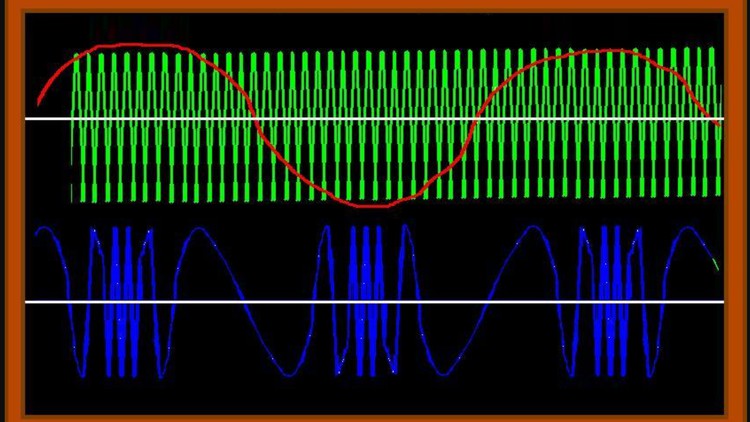
Become an expert in the field of electrical engineering communication . A communication course RAHEE414 from Rahsoft
What you will learn
Analyze performance of basic communication networks
Understand telecommunication network design techniques
Develop problem solving in telecommunications networking areas
Understand the basic properties of internet and telecommunications traffic properties
Description
Description
In RAHEE 414 we’ll Focus on applying formulas to Telecommunications Networks then we Analyze their characteristics and behaviors. It includes Design and analysis of Telecommunications Networks. Number of examples have been solved to make you understand them better.
This course provides an introduction to the principles & techniques of design, implementation, and analysis of communication networks which is the key technology for the modern ICT systems. Each topic will have many examples which goes over them briefly with different parts. By end of each chapter there will be a quiz for you to test your understanding of that specific chapter.
Topics include basis of voice, video, data and internet communications. network topologies, architecture. By end of the course, you should be able to :
1. Understand basic and some advanced concepts and techniques of telecommunications networks.
2. Develop problem solving approaches as applied in telecommunications networking areas.
3. Able to analyze performance of basic communication networks using both analytical and simulation techniques.
4. Understand telecommunication network design techniques and practical implementation issues.
5.Understand the basic properties of internet and telecommunications traffic properties.
This course is mostly for academic level Engineering students in different universities around the world.
Instructor
The instructor of this course is Mehrad Nahouri. He has an Associates in Electrical Engineering concentration on digital field and is a lecturer at Rahsoft.
Pre-Requisite:
Probability Theory and Statistics
What is the target audience?
- This course is for students working in Telecommunications field.
- Undergraduate students
- Electrical Engineer
- Graduate students taking Telecommunications Networks course
- Researchers in Telecommunications field
Course content
- Introduction
- Signals and Systems
- Domain Modulation
- Angle Modulation
- Random Processes
Who this course is for:
- Electrical Engineers
- Electrical Engineering Students
The 4 main things the student will learn by the end of the course:
- Analyze performance of basic communication networks
- Understand telecommunication network design techniques
- Develop problem solving in telecommunications networking areas
- Understand the basic properties of internet and telecommunications traffic properties
Content